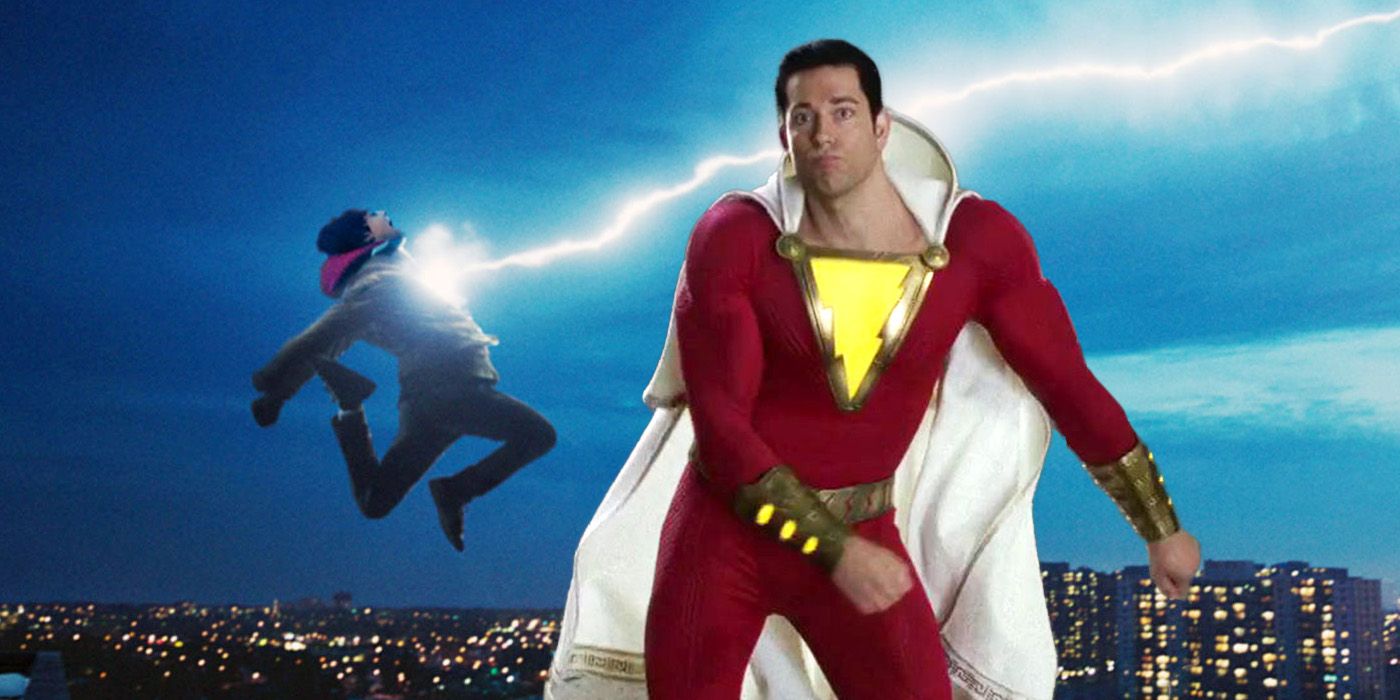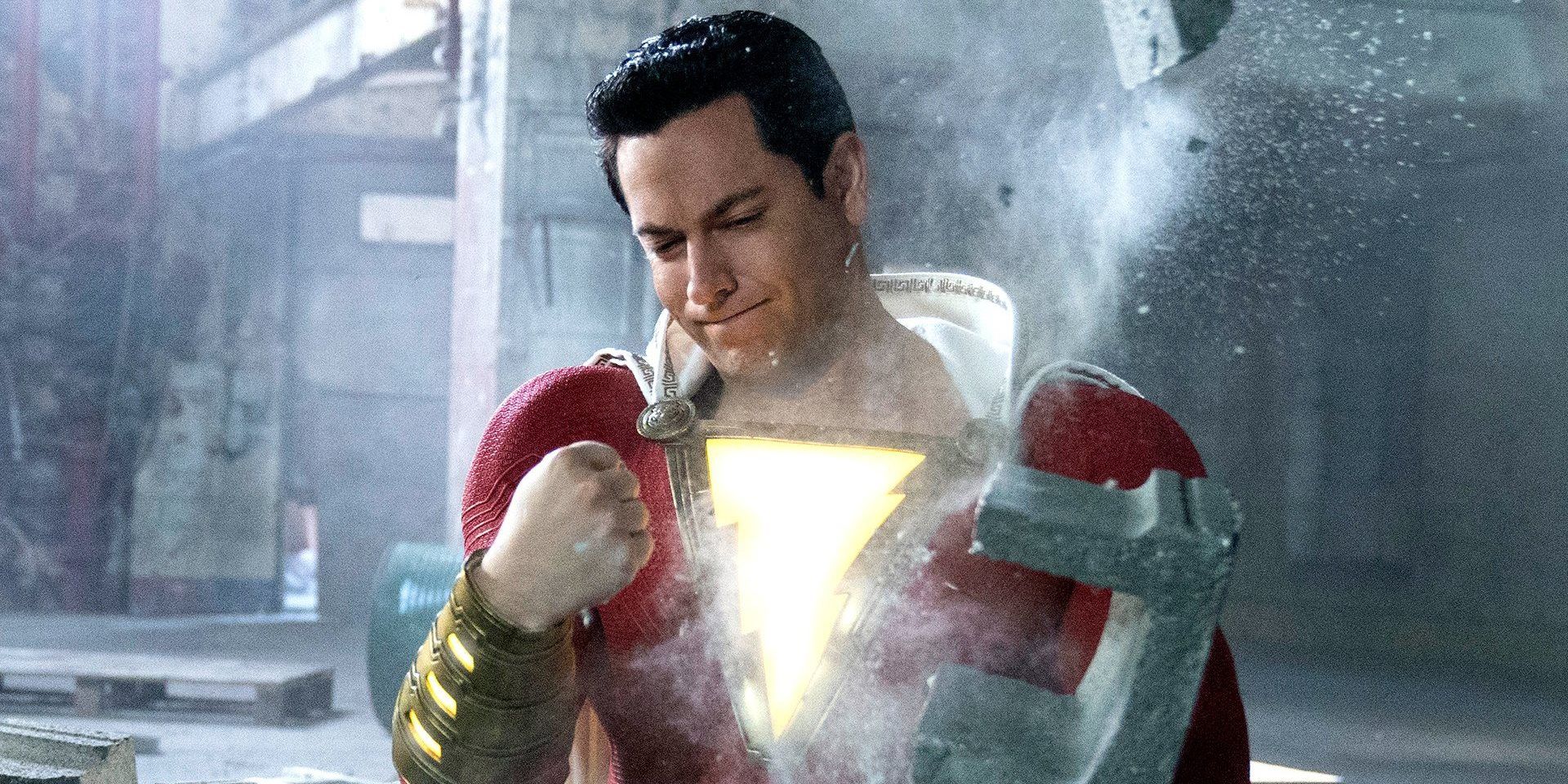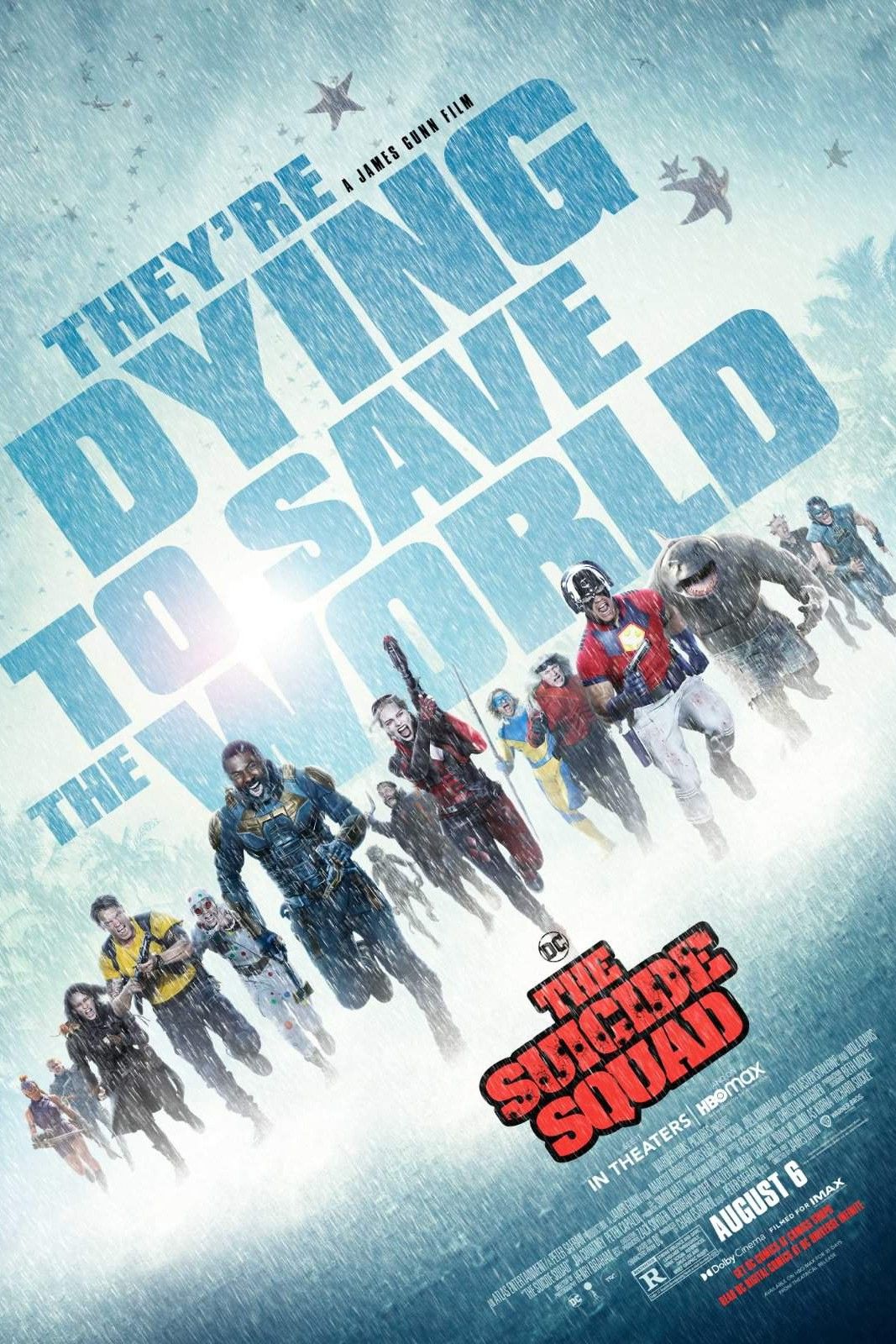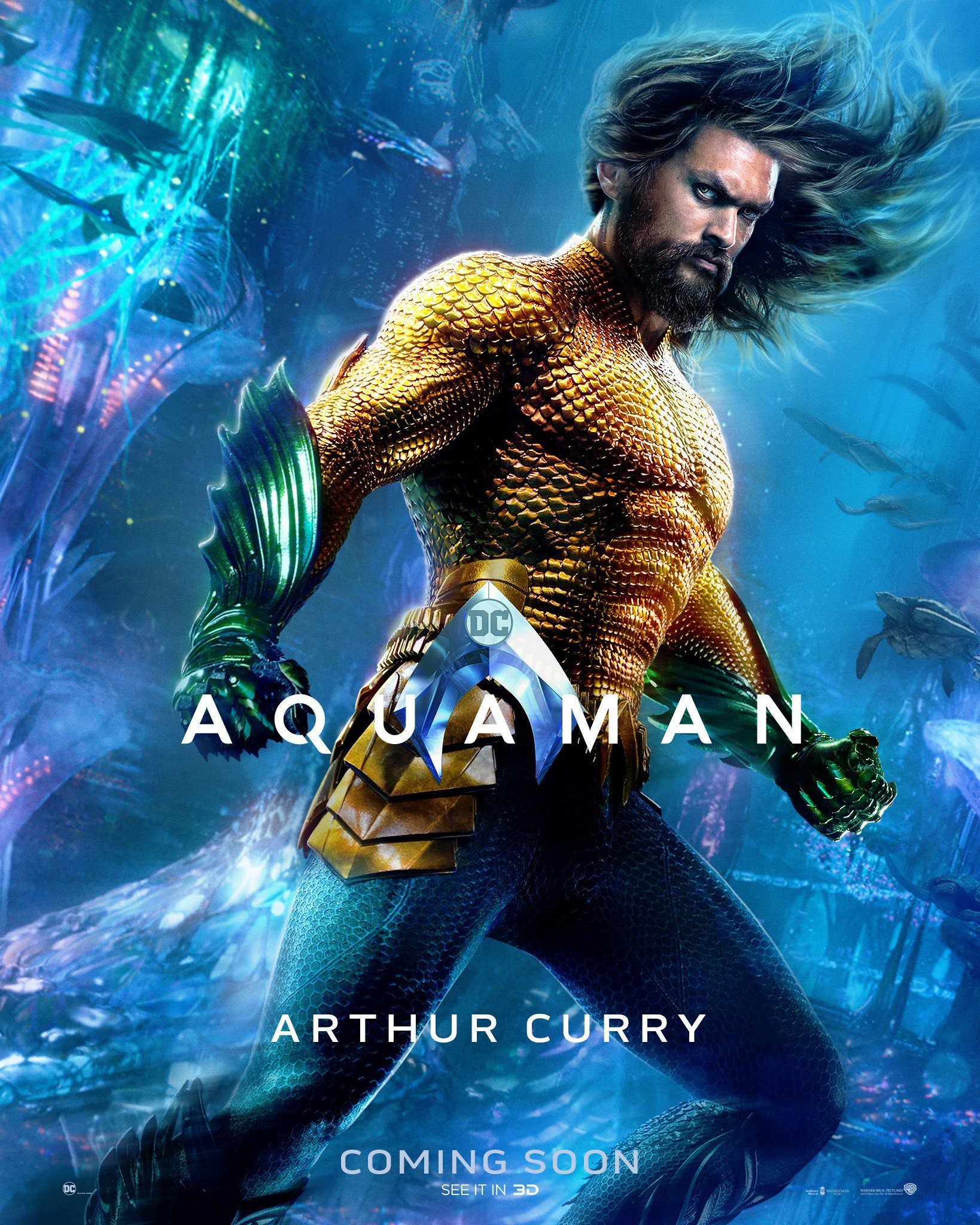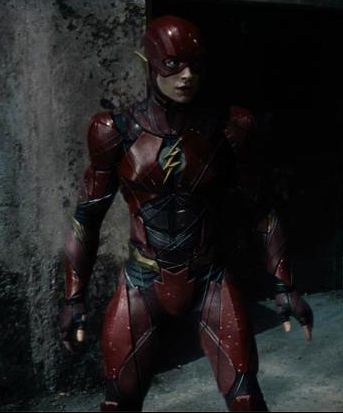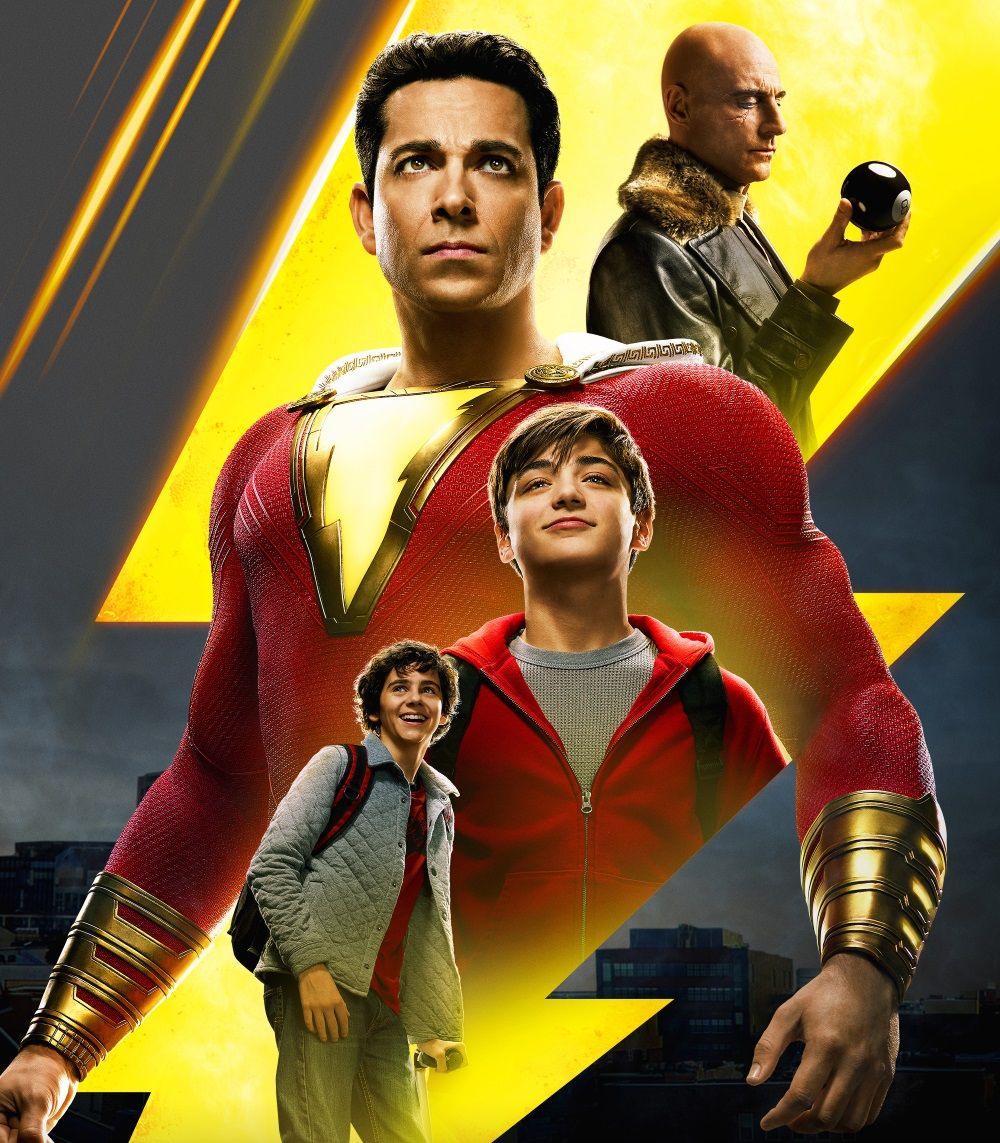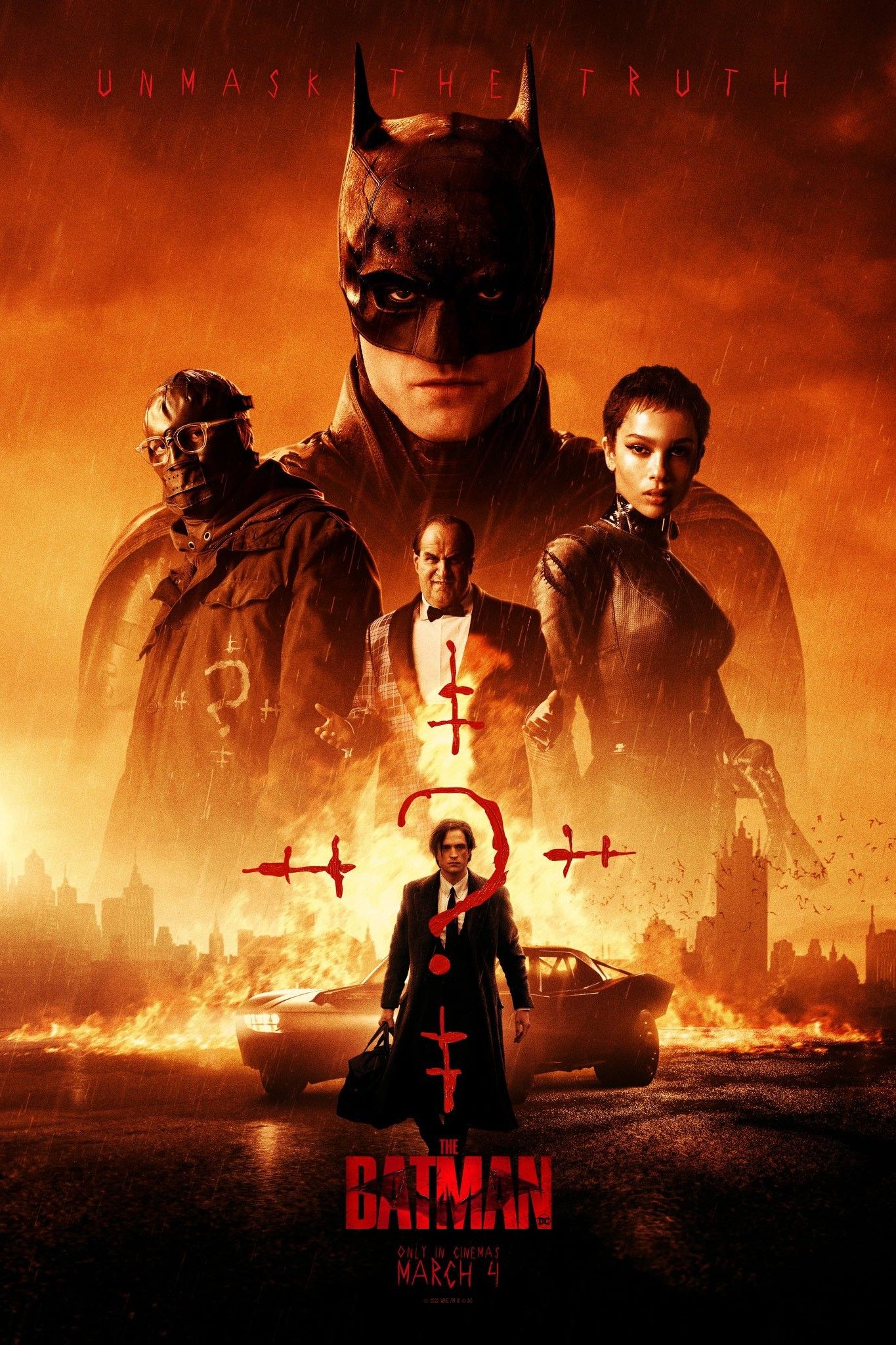Shazam! is a movie that never lets the audience forget its titular hero is a social media-savvy kid, and the joke makes it all the more enjoyable. The 2019 film was the seventh entry into the DC Extended Universe, but Shazam himself dates back to 1941. Originally published by Fawcett Comics with the title of Captain Marvel, the series chronicled the adventures of Billy Batson, a young boy living a double life as an adult superhero. He was first given his abilities by the Wizard Shazam, who chose Billy as his successor. By speaking the name "Shazam," the ordinary Billy transformed into his superpowered alter-ego with invulnerability, flight, and control over lightning.
Though a copyright infringement lawsuit ended Shazam's original run in 1953, DC later acquired the rights for the character, leading to his revival and eventually the David F. Sandberg-directed film. Shazam! brought the World War II-era character into modern times. The movie's version of Billy Batson (Asher Angel) is a teenager whose years shuffling through the foster system left him with a chip on his shoulder, caring little for anyone other than himself and his long-lost mother.
When he first becomes Shazam (Zachary Levi), Billy initially doesn't have any real desire to help people in the way one would expect of a superhero. Instead, he and his foster brother Freddy (Jack Dylan Grazer) take to social media, broadcasting Billy's newfound abilities for the world to see. While Shazam flexing his powers on YouTube could easily be framed as selfish or annoying, his showboating actually makes the character all the more endearing. His reaction to getting superpowers is closer to what most people would have, especially a teenager like Billy, and is a welcome contrast to superhero movies that portray powers as a great burden.
Billy's transformation into a superhero is only physical, not mental, and his social media use is another humorous reminder that he is still just a regular teenager in a grown man's body. Shazam! takes full comedic advantage of its hero being a kid in the body of a musclebound superhero, rather than Shazam being an entirely separate personality. Along with becoming a viral internet star, Billy tries (and fails) to buy beer as Shazam and make money off his new identity, all of which are more realistic outcomes for a 14-year-old suddenly getting superpowers than suddenly taking on a noble quest to protect the innocent.
The silliness of Shazam's early antics on social media added to the general light-hearted sense of fun about the character. He has been rooted in whimsy since his inception, and keeping the same tone for the movie made it a standout chapter of the DCEU. In a franchise known for its darkness, scenes like Shazam gleefully shooting his textbooks with lightning for YouTube were a breath of fresh air. His more playful "everykid" traits are his greatest strength in a lineup of royal and god-like heroes, as they only make the audience root for him more.
Seeing how different Billy Batson is from the DCEU's other superhumans makes the prospect of him meeting them in future movies all the more exciting. The levity Shazam brings to the table would create an interesting comedic dynamic with brooding figures like Batman, though the moral conundrum of getting a 14-year-old involved with threats against humanity could still hang over potential team-ups. As the upcoming sequel, Shazam!: Fury of the Gods, is set to further solidify Billy Batson's connections within the DCEU at large, Billy may develop more issues with his secret identity than simply keeping it a secret.

